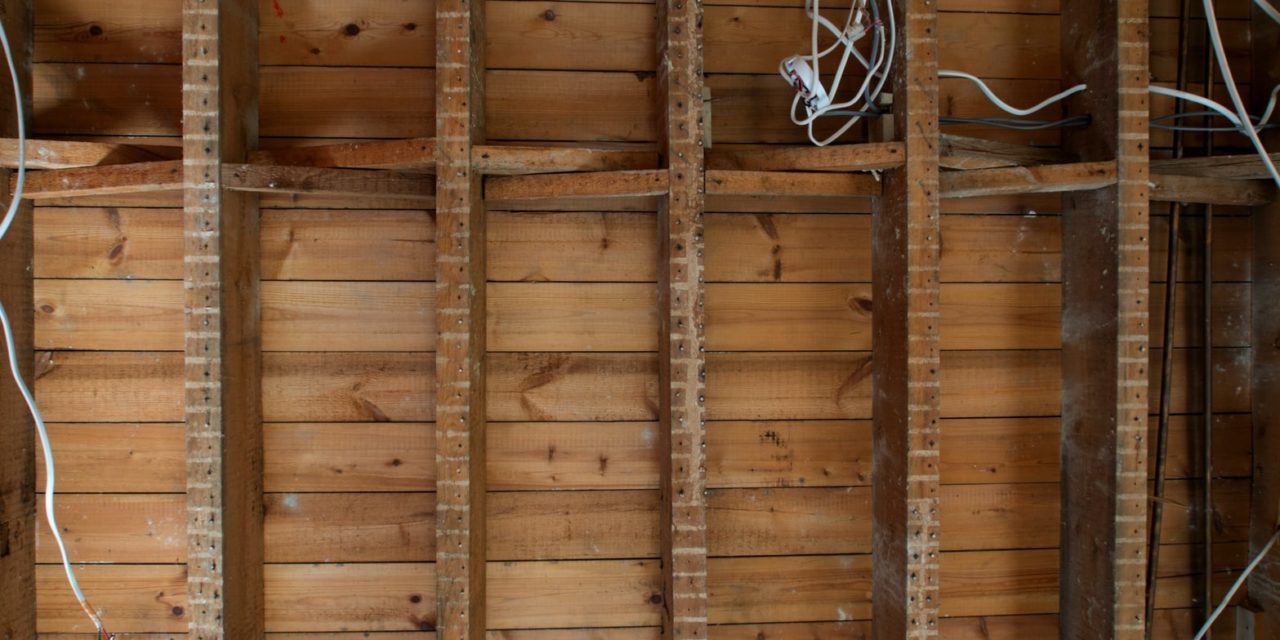[ad_1]
Bathrooms are usually smaller, compared to the other rooms in a house. They also tend to have a lot of corners, so painting a bathroom can prove to be very tricky. The difference between a good job and a bad one that will need to be repainted primarily depends on the color and quality of the paint chosen for the job.
- Paint color. – The color used influences how the room is perceived. Using a dark color makes the room seem to be darker and smaller. Light colors brighten up the room, and make it appear bigger.
- Moisture problems. – The amount of moisture in a bathroom is much higher than in other rooms. This is the main reason why paint peels off in an improperly painted bathroom. It must penetrate deep enough to saturate the surface being painted. This depends on the technique of painting and the quality of the paint used.
- Remove fixtures. – Before actually starting to paint the bathroom, some advance preparations should be made. Remove any small fixtures, such as toothbrush holders, as well as mirrors and wall cabinets. This will save the trouble of having to tape around them. Also, the room must be completely dry before starting, to avoid leaving any moisture under the paint.
- Type of paint. – Many home builders routinely apply flat paint throughout a new house. This kind of paint might be good enough in a large bathroom with plenty of ventilation. But in smaller bathrooms steam from the shower or tub will eventually get through flat paint. And splashed water will ruin the finish. In most cases, the sheen level of the paint used should be satin or eggshell. When painting a bathroom with poor ventilation or especially steamy showers, use a full semigloss for ceiling and walls, as well as the trim. Another choice would be a flat oil paint. Since this is proving harder and harder to find, a good substitute would be the new generation of waterborne alkyds. They have the same water-repelling properties as oil, but are as easy to apply as a latex.
- Prevent mold, mildew, and peeling. – When painting bathrooms prone to mold and mildew, there is a variety of paints available containing mildewcides. However, most times, any paint manufactured specifically for bathrooms will be sufficient. Make sure that areas on the ceiling or walls that are normally covered by fixtures should be thoroughly covered to prevent peeling. Remember, it is better to prevent the cause of a problem than to cover it up later.
- Caulking. – Some openings, such as those around pipes, are more likely to cause problems in time. They need to be caulked first to prevent later damage. The baseboard is another area that is likely to experience paint failure. Be sure that any failed caulk and peeling paint is thoroughly removed. Sand all surfaces to provide a good base for applying the paint. After priming, joins should be recaulked before the final coat.
Before using the shower or tub, wait a few days to allow the new paint to thoroughly set. And to reduce the risk of damage, be sure to always use the ventilator, and leave the door open when the bathroom is not in use.
[ad_2]
Source by Ezra Plank


